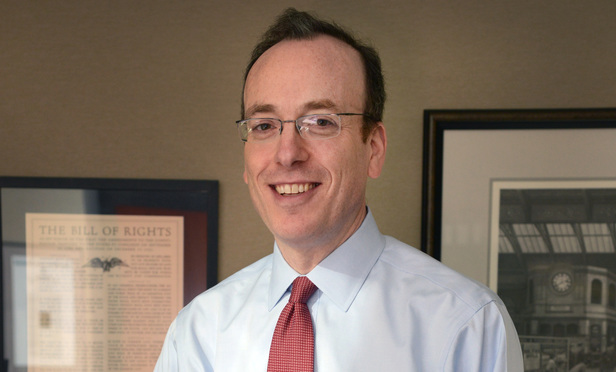What a difference six months makes. Earlier this year, it was widely reported that Congress was closer than ever to passing significant federal criminal sentencing reform on a wide bipartisan basis. Now, following the election of Donald Trump and the nomination of a vocal opponent of these reforms—Sen. Jeff Sessions—as Attorney General, optimism among proponents of criminal justice reform has been dramatically diminished, if not extinguished altogether. While some hold out the hope that conservative supporters of such reform (such as House Speaker Paul Ryan and maybe even Vice President-elect Mike Pence) may be able to bring a Trump administration around, most agree that at best criminal justice reform will be a low priority in the Executive Branch come January 20—even as overall national crime rates remain near historic lows.
Enter the U.S. Sentencing Commission. The creation of the Commission 30 years ago was itself seen as an act of dramatic reform of a system that was decried by Marvin Frankel, in his seminal work “Criminal Sentences—Law Without Order,” as “a wild array of sentencing judgments without any semblance of consistency demanded by the ideal of equal justice.” Since that time, the locus of power driving sentencing policy and severity has swung back and forth between Congress and the Commission (not to mention the Judiciary). We have seen over three decades that episodic bursts of more active involvement by the legislative branch too often have led to disproportionality and unfairness when it comes to criminal punishment. The overuse of mandatory minimum sentences and the overly severe punishment of crack cocaine-related offenses are now widely recognized as two examples of such excesses. They also exemplify the ways in which the politics of crime and punishment can lead to unwarranted disparities, including along racial lines. And while the federal system accounts for only about 10 percent of all who are imprisoned in this country, the overall U.S. incarceration numbers in the wake of these and other “tough on crime” policies are familiar but still jarring: over two million people in American prisons and jails, a disproportionate number of whom are young men of color, and representing close to one-quarter of the imprisoned population of the entire world (even though we have less than 5 percent of the world’s overall population). It is also estimated that well over 60 million Americans have criminal records and something like six million Americans are unable to vote due to state felony disenfranchisement statutes.
This content has been archived. It is available through our partners, LexisNexis® and Bloomberg Law.
To view this content, please continue to their sites.
Not a Lexis Subscriber?
Subscribe Now
Not a Bloomberg Law Subscriber?
Subscribe Now
LexisNexis® and Bloomberg Law are third party online distributors of the broad collection of current and archived versions of ALM's legal news publications. LexisNexis® and Bloomberg Law customers are able to access and use ALM's content, including content from the National Law Journal, The American Lawyer, Legaltech News, The New York Law Journal, and Corporate Counsel, as well as other sources of legal information.
For questions call 1-877-256-2472 or contact us at [email protected]



